While finding a word processing tool you are comfortable with is crucial to writing, there are other types of book writing software that are just as important. Before I wrote my first novel, if you’d told me that an important part of my book writing software arsenal would be a good spreadsheet, I would have said you were crazy. I had never thought of how to plan a novel using spreadsheets, whether in Excel, Google Sheets, or any other software program.
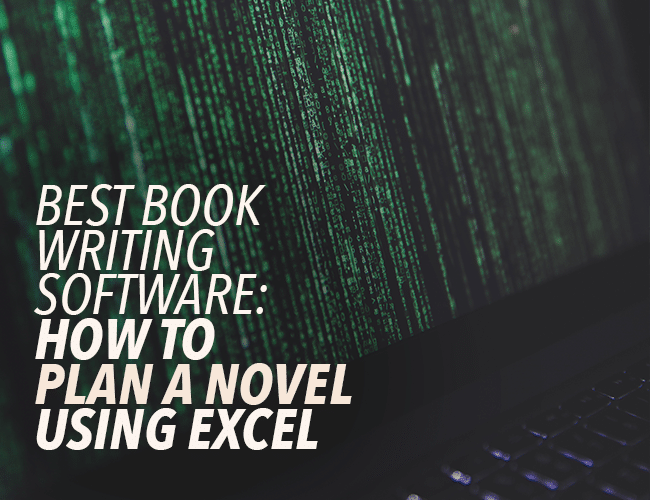
Now that I’ve published three novels, I realize my plots and worlds would never make sense without them.
For more unexpected (and powerful!) tools to include in your book writing software arsenal, check out our Top 10 Pieces of Software for Writers.
Writing Without Spreadsheets
I sketched out the idea for my first book on the whiteboard in my office. To share it with other writers, I’d have to take a picture of it and then write a complicated email explaining all the chicken scratch that I call my handwriting. Amending it was nonsense as well. Often I would want to change something in the plot, so I’d try to erase it with my fingers, only to remove another note by accident.
I tried transferring everything from my whiteboard to a Word document, but formatting became frustrating. I found myself scrolling and scrolling to find small notes I’d left myself.
After finally completing my first novel, I began working on an urban fantasy series with a friend. In our spare minutes at work, we would jump online and email each other ideas about the world we were building and the stories we wanted to write. As I had done with my first novel, these thoughts were transferred to a Word document that we shared through Dropbox.
It didn’t take long before this Word document became an unruly mess. Trying to decide where in the document information went was painful and finding information was worse. Soon, after a week of swapping ideas, we were spending as much time formatting the Word document as we were writing the actual story.
Making the transition to a spreadsheet system saved me from going crazy and increased my writing speed exponentially.
How to Plan a Novel Using Spreadsheets
I’m still a “new” writer. I’ve been at this for only four years and I’m finishing my fourth novel, so I’m sure this system will look different when I’m publishing book fifty. Right now, here are the ways I use spreadsheets to help plot novels.
Keeping Track of Character Information
I have a terrible memory when it comes to my own characters. Often, I forget basic details of their own lives—things like like where they are from, or how they move, or background details I’ve decided to give them on a whim as I write. My wife would tell you this isn’t surprising at all as I routinely forget my own birthday.
For the current series I’m writing, it’s been helpful to have a spreadsheet to help me remember character details. On the vertical axis of the sheet, I have character names listed. On the horizontal axis, I have important details like: birthdate, basic appearance, biggest weakness, greatest strength, quirky details, and fatal flaw. Then I’ll have multiple columns for “backstory.”
When I go to use a character I haven’t used in awhile, I’ll do a quick check of the sheet to make sure I have the character in my mind.
Charting Multi-Book Character Change
Even though only two of my three novels are in the same series, all three (and the 50+ short stories I’ve published) all live in the same world. At first, this was an accident. Pulling characters and locations from one story to another was just a game I played with myself. Sometime around story thirty, it became a personal challenge.
Doing this made me realize that I needed a long term plan for my main characters. Without one, they would become flat caricatures who never really developed. Somewhere in the middle of my second novel, I took a day to dream about the life I wanted for my five main protagonists.
The result was a spreadsheet that has a row for each character. Across the top are dates. Each cell is filled with a sentence or two describing what is happening in the character’s life at that time.
The result of creating this spreadsheet was a deep understanding of the series I’m writing. Although the narrative is flux, I can tell you how my protagonists will grow and change over the next seven books I plan to write.
Collaborating With Another Author
While I’m building out my plots and characters, my writing partner is building his. Because we are sharing a series, our ideas need to connect.
Making a spreadsheet that held the larger narrative was key, especially at the beginning of our work together. Sharing the character spread sheet I mentioned above allowed us to chart how our individual stories intertwined.
Plotting the Beats of Individual Stories
When it comes time to work on an individual book or short story, I create a different kind of spreadsheet. This sheet helps me brainstorm the plot of the story.
Across the top, I will have the beats of the story. (I like the beat system defined by Blake Snyder in Save the Cat.)
In the rows below I write the scenes I need for each beat. Each cell of the spreadsheet gets a sentence or two describing the main plot points that I need to happen. If a beat is going to take more than one scene, then I stack the cells below the column heading.
As I write the book or story, I often find the scenes changing. After I’ve finished a scene, I will go back to the sheet and edit what is there.
This sheet is also incredibly helpful for my final edit. Once the rough draft is done, I pull open the spreadsheet and read all the scenes through in order. Thus far, with every book and short story I’ve done this for, I’ve found plot holes I’ve needed to fill by taking this 10,000-foot look at my narrative.
Scene Checklists
The final type of sheet I use is a scene checklist. After my beat spreadsheet is made, I will make a simple spreadsheet that lists vertically all the scenes I need to write. Next to each scene I have a column for “Date Rough Draft Is Complete” and another for “Date Second Edit Is Complete.” This sheet allows me to build out my production schedule.
Right now, I know I will likely finish the rough draft of my fourth novel by the end of April because I know how many scenes are left to write and how long it is taking me to complete each one.
Which Book Planning Tool to Use: Microsoft Excel vs. Google Sheets
Both Google Sheets and Microsoft Excel can be great for planning your book. Here are some of the pros and cons of each.
|
Free
|
$69.99 / year
|
|
|
|
|
- Real-time Collaboration: Work with editors, beta readers, or co-authors in real-time.
- Speed: It's fast and responsive, which is useful for quickly developing an outline or managing a project.
- Cost-effective: It's so cost-effective it's free!
- Handling External Spreadsheets: Managing spreadsheets from other sources like Excel can be annoying.
- Internet Dependency: Although there's an offline mode, the overall experience is better with an internet connection.
- Familiar: If you already own or have used Microsoft Office, it should be familiar to you.
- Advanced Feature: Excel is slightly more powerful than Google Sheets (although for most writing related tasks, you will likely not need advanced features).
- Offline Access: Unlike Google Sheets, Excel doesn't require an internet connection, which is handy for working on-the-go.
- Cost: Unlike Google Sheets which is free, Excel comes with a cost as part of the Microsoft 365 Office Suite.
- Collaboration: Although Excel has collaborative features, they're more streamlined in Google Sheets.
Some Tips for Using a Spreadsheet
If you're thinking of using spreadsheets for your writing, fantastic! Here are few quick tricks I’ve learned to make the process smoother and less overwhelming.
- Learn how to “wrap text.” This is crucial.
- Only use a couple of sentences per cell and become comfortable with a shorthand system. Spreadsheets are for skimming, not for paragraph writing.
- If you are planning on sharing the sheet with a collaborator, use Google Sheets. It's free and easy to share. Additionally, you can both work on it at the same time.
- Microsoft Excel is great, but it is a little like bringing a bazooka to a knife fight. You will need only a small fraction of its capability.
Now that I’ve laid out for you how I use spreadsheets, tell me what you do. Are you an obsessive planner like I am? Or do you fly by the seat of your pants?
How do you use spreadsheets for your writing? Let me know in the comments.
PRACTICE
Try planning out a story's beats before you write it. Take ten minutes to write four sentences that describe in general what will happen in the story. Then spend your next ten minutes writing the story. You can write a story about anything you like, or use this prompt: a character has lost something important.
When you're done, share your writing in the comments, and be sure to leave feedback for your fellow writers.
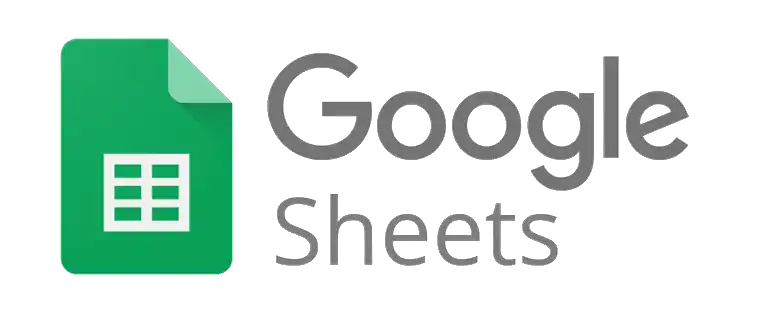
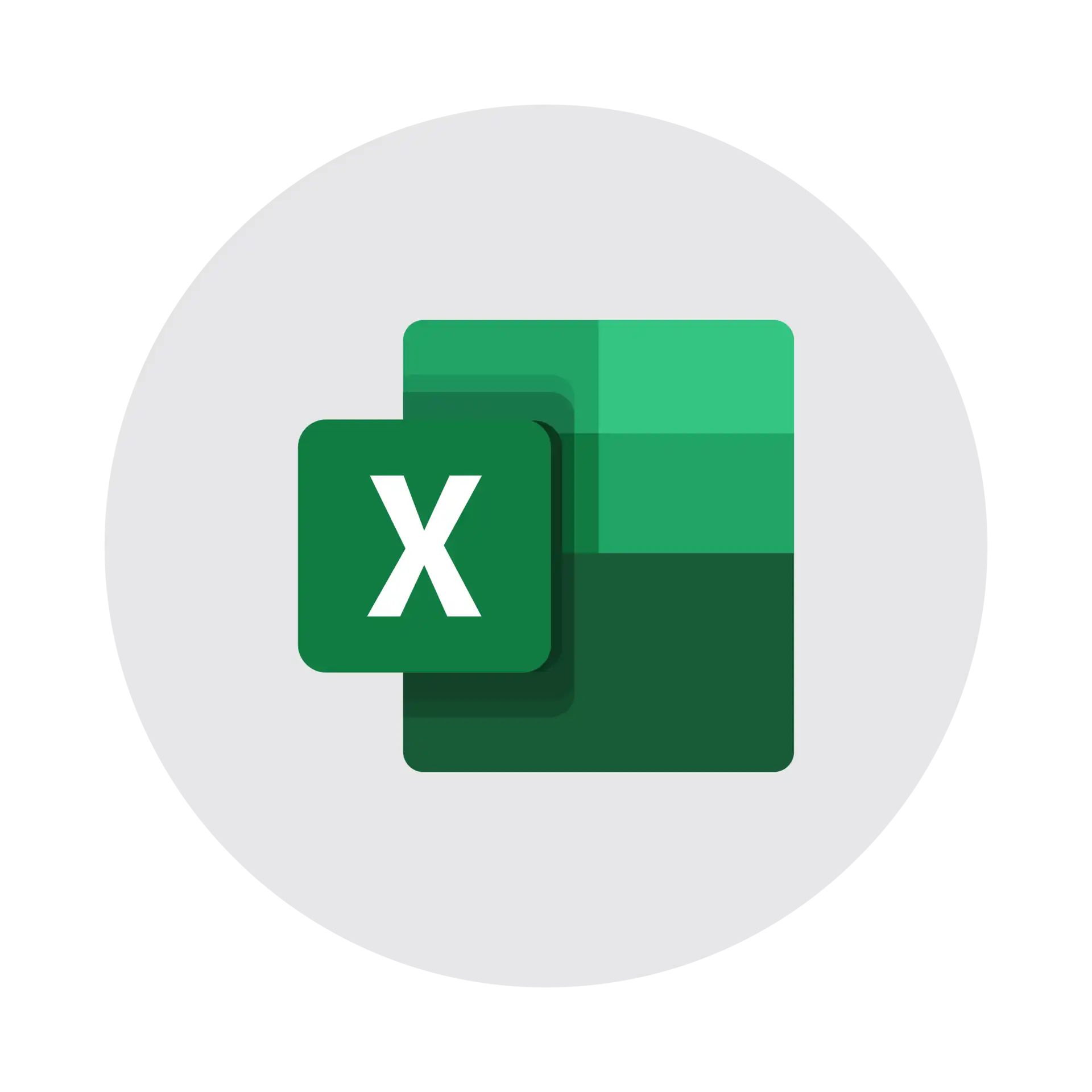
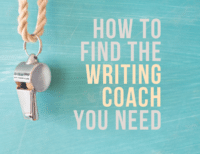
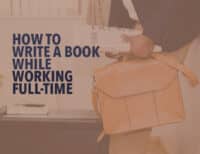





I have used spreadsheets for all three of my novels–one published, 2 coming. I can add text, images, whatever I need. I have a column for plot points that must be followed up on. When I’m ready for a Word draft, I simply copy-convert to text. It’s usually about 70 pages.
I don’t think I could do it any other way.
That’s awesome. i haven’t tried adding images yet. I might give that a shot.
This seems alien to me as I tend to allow the story to flow through me as it comes. I’m wondering if doing a spreadsheet after my first draft would work well. That way I could allow the story to emerge naturally, then check for coherence.
I’m jealous. If I let the story flow through me, it would come out all muddy and confused.
I seem to do most of the organizing internally before I sit down to write. For example, when I needed to write a sandplay therapy scene, I actually went to my therapy room (I was practicing as a therapist then) and created a tray as my protagonist – then wrote the scene. I never know in advance where my characters might want to go and putting them into a structure before they let me know just doesn’t seem right.
Wow, I thought that I’m crazy enough to use Excel as my tool to arranged my scenelist and drawing my casts details. Thank you for this post.
Here is some part of my scenelist:
—-
Accident leads to true love.
The girl tried to run from the boy but accidentaly hit by a car and lost her baby. By the next morning the girl silently leaving the hospital, leaving her wedding ring and a note that their relationship is over.
The boy find out the ring and the note. All he could do is crying, regret that he had been constantly denied his own feelings towards her during their contract marriage.
—-
That is part of my story sketches from my current fanfic project. What do you think ?
I have never been able to use an excel spread sheet, maybe if I can get an example? A a5 subject notebook is what I use…. Something with tabs or dividers. One for each character outline and Character questions that pertain to the story or their characters background. So far that is working so well.
You know what they say, if it ain’t broke… I’m glad you’ve found a system that works for you. I bet it feels good as the notebook fills with ideas. I’ve always like paper over digital for that reason. There’s something about holding all the pages in your hands.
Yep, if you have an example tho I’d like to see them. Although paper works, it takes up space as well. One note is a great tool as well, because there are tabs on the top and sides separating everything in the way I want.
Hey Debra – I’ll be adding to this post tonight or tomorrow with some screen shots and some walk through instructions. Keep an eye out.
Cool I will be. Thanks
Excellent post!! I have always been a fan of Excel . . . well, just the basics of Excel. I use it for all sorts of projects. I will definitely share this post with my writing group. Thank you for posting it.
I feel like when I start playing with the more complicated aspects of Excel that I am dabbling in dark-magic that I don’t understand. If I continue too far down the hole, something is going to have to be sacrificed.
Thanks for sharing.
Thanks for your post, Jeff, on spreadsheets. I wish I knew how to use them but I haven’t the slightest. I can see they make novel writing much easier than having to note everything, as I do in longhand, in my workbook.
Is there a possibility to view these spreadsheets and get a simple step to step guide on how to use them? Starting from scratch?
We are going to add to this post tonight or tomorrow that gives screen shots and a walk through on how to set this up. If you check back tomorrow it should be added to the bottom of the post.
Great! I’ll put a feather in my cap if I learn ‘how to’.
I love using spreadsheets for my novel. I set up one workbook per novel. In the workbook, I have worksheet for each of the following:
1. Overview – this is everything I know about the story right now
2. Seven Pillars of the Story – this is from How to Write a Damn Good Series – the pillars include High Stakes; Unity of Opposites; Seemingly Impossible Odds; Moral Struggle; Menace; and Thriller Worthy Characters
3. Number of planned scenes and the number of planned scenes from each POV if having multiple POV characters
4. List of scenes – numbered as to tentative order in story, POV character listed, short synopsis of each scene
5. Agenda – sketches the goals, desires and probable actions of each principal character
6. Miscellaneous notes, key phrases, descriptions, details I want to include
7. Cast of characters
8. Settings – detailed
9 through ?? – an individual worksheet for each character; extremely detailed external and internal – physical and psychological
After I finish the spreadsheet I add the scenes/chapters to Scrivener and take it from there.
I love using spreadsheets as I am a bean counter by day (yes, I am an Excel Queen ;p ), writer by every spare minute I can squeeze it in. I am definitely going to read Save the Cat and work on a list of beats and scenes to fit the beats.
I wrote four sentences, then expanded them into these two pages of prose. I’m not sure how this relates to spreadsheets, but here we go. I’ve sent off for the Cat book also, which may help me to understand what I’m trying to do.
When TJ slapped Stella cross the face, he knocked her of the chair and onto the floor. “Don’t you ever call your mother a ‘dummy’ ever again,” he said. It happened so quickly, Stella didn’t know how she landed on the floor. Lauren, her mother, came out of the kitchen with her hands in baking mitts holding a tin of muffins that she’d dropped in the kitchen. That’s when Stella had called her “a dummy.”
“What’s happening here?” Lauren said when she saw Stella on the floor. She put the muffin tin on the table, looked at TJ and then at Stella. When neither of them said a word, she kneeled down by Stella and asked her, “What are you doing on the floor?”
“I slapped her for calling you a dummy,”TJ said.
“I don’t slap her, her grandparents didn’t slap her. What makes you think that you can?” Lauren said angrily. She put her arms around Stella and hugged her, then pulled her to her feet and stood hugging her. “Come sit down again and I’ll push you up to the table,” Lauren said.
“We tease each other with words like that,” Lauren said, looking angrily at TJ. “We say things affectionately, not to insult one another. You’ll have to stop taking everything so seriously,” she said.
“Well, she won’t be teasing you like that anymore,” TJ said.
“I don’t want you slapping her anymore either,” Lauren said. She took a table knife and pried out a muffin.
“They don’t look so bad,” she said about the muffins. “Just six little volcanoes, flattened some at the top.” Putting the muffin on Stella’s plate, Lauren sliced some butter and started to spread it on Stella’s muffin.
“Oh, for God’s sake, let her butter her own muffin. She’s eight years old,” TJ said.
Lauren pried out another muffin and put it on TJ’s plate, then sat down to join them for breakfast.
The next day was Saturday and TJ left early for the golf course. When Stella walked barefoot down the hardwood floor, she saw Lauren packing a suitcase.
“Well, good morning, lazybones,” Lauren said. “You surely slept late.” Stella walked to the rocking chair by the bed and sat down. She saw the two pair of shoes, lingerie, two pair of slacks, two skirts, four blouses and a bathrobe inside the suitcase.
“Where are you going?” Stella asked.
“Well, it’s such a beautiful day that I decided we’d surprise Grandmother and Gramp by driving down to visit them.”
“Really?” Stella asked. She sat up and smacked her feet on the floor. “Do you mean it?”
“Yes. I really miss Grandmother’s sand darts and home-made grape juice. How about you?”
“Oh, and everything else,” Stella said.
“Well, go get some clothes and pack them in here. We’ll stop for breakfast on the road somewhere, unless you’re starving right now.”
“I’m not hungry! I’ll get my clothes and let’s go!” Stella said. She ran down the hallway back to her room, where she pulled out jeans, shorts, t-shirts and sandals. To this small pile she added two books on horses.
“I’m ready!” she yelled, her arms full of clothes and the books as she ran back into her mother and stepfather’s bedroom.
I really like the whole spreadsheet idea but, I don’t even know what Excel is…..BUT Glenda Thompson’s workbook sounds great and I am going to USE IT! Thanks
Great ideas. Seems like your character change spreadsheet might be even better with a timeline utility. I use Aeon Timeline, which is cheap and nice. For your spreadsheet-like representation, choose “group by person” and the relationship view. That shows collapsable blocks of events for each character, what the event is, start and end dates/times, displays the elapsed time between events for each character, and a grid of people, arcs, and whatever other entities you want off the left, indicating which things or people each event is related to. Anything with a birth or creation date associated with it, like another person, shows the other person’s age at the grid point. Hard to describe, easy to understand when you see it.
Timeline Maker Pro, if you want to budget more serous money, has a spreadsheet mode where you enter and review your stuff like you do in your spreadsheet.
Thanks for your page! Your share information it helped me alot! I pray for you to be happy and successful in your life.
bloxorz
I’m a total nerd and a spreadsheet lover, but I never thought to use them for novel writing. Great ideas. Thanks!